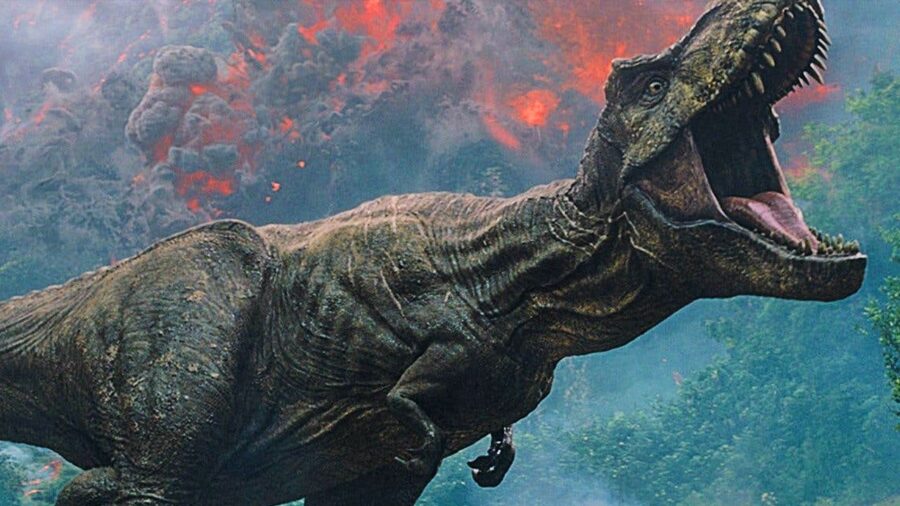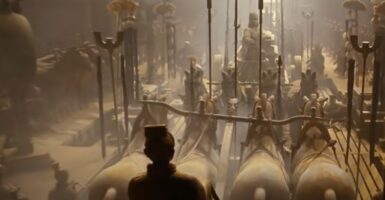Scientists Are Bringing Back An Extinct Animal
Will this lead to good things?

Ian Malcolm of Jurassic Park would be very unhappy. No, scientists are not looking to bring the Jurassic movies to reality by resurrecting dinosaurs, but some have officially announced their intent to bring one extinct predator back into existence. The “de-extinction” startup Colossal Biosciences plans to use gene-editing technology to bring the thylacine — better known as the Tasmanian tiger – back into the world. The species officially went extinct in 1936, when the captive thylacine Benjamin died at Tasmania’s Hobart Zoo.
As reported by cnet, Colossal has announced its plans to resurrect the Tasmanian tiger through a combination of studying degraded thylacine DNA, that of the fat-tailed dunnart (the thylacine’s closest non-extinct relative), and the gene-editing tool CRISPR. This isn’t the first species Colossal has made it clear they want to revive. Last year, Colossal let the world know it planned to bring woolly mammoths back into existence by 2027.
Unlike the mammoths, the Tasmanian tiger can’t blame natural processes on its extinction. It was largely hunting to blame for the thylacine’s decline, and cnet recounts the last known killing of a Tasmanian tiger in the wild. Ironically it wasn’t a hunter who killed the beast; instead it was farmer Willy Batty in 1930, who shot the thylacine to protect his chickens. While, as the name reflects, Tasmanian tigers look something like a cross between a wild dog and a wild cat, they are actually marsupials. You can see pictures of the animals below.
University of Melbourne‘s Andrew Pask, an evolutionary biology professor who has partnered with Colossal Biosciences, has made it clear that the plan is not to bring back the Tasmanian tiger as merely a science experiment, but for the long term. “To bring a healthy population of thylacines back, you can’t bring back one or five,” Pask told cnet. “You’re looking at bringing back a good number of animals that you can put back into the environment.”
The very idea of de-extinction is a controversial one in the science community, particularly because of the potential ethical implications. What if animals like the Tasmanian tiger are brought back just to go extinct again? How will their reintroduction to the wilderness impact indigenous people? Can we really hope to predict how they will fare, or how existing species will fare with their return? At the same time, cnet notes that some conservationists worry that should de-extinction catch on, it will draw resources away from protecting the species we still have.
If and when the Tasmanian tiger is successfully rendered de-extinct, it will in part have one of the world’s most popular superheroes to thank… or, at least, one of the most popular superhero actors. Daily Mail reports that Chris Hemsworth, who recently returned to the Marvel Cinematic Universe in Thor: Love and Thunder, and his brothers Luke and Liam are big investors in Colossal Biosciences. To be fair, at over 1500 years of age, the god of thunder likely didn’t even notice yet that either the thylacine or the woolly mammoth were extinct.












